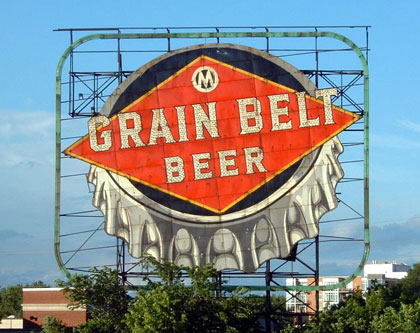St. Louis-based Urban Chestnut Brewing’s plans for brewing in Germany do not quite match the scale of what Stone Brewing has announced in Berlin, but UCBC co-founder Florian Kuplent admits they are nonetheless rather ambitious.
“I’m thinking we might be a little crazy opening our third brewery in (less than) five years,” he said for a press release, but the opportunity to purchase a recently closed brewery in Wolnzach, Germany, was too good to pass on.
UCBC has acquired Bürgerbräu Wolnzach in Wolnzach, which is located about 50 kilometers north of Munich International Airport. Urban Chestnut has been exporting small quantities of beer to Germany since 2013. Co-founder David Wolfe said, “In considering different ways to grow Urban Chestnut in Germany and in Europe as a whole, we believe the U.S. craft beer model of ‘local’ is a more than viable strategy. Actually owning and operating a brewery in Bavaria will provide us with a solid platform for growth.”
Urban Chesnut opened its first brewery in 2011 in midtown St. Louis and a much larger production facility and beer hall a few miles away early in 2014.
The new brewery will be the smallest of the three UCBC breweries. The Wolnzach operation will be utilized to brew beers to distribute in Europe as well as to brew unique, German-brewed beers to export to the U.S. It will also act as the central point of operations for the importing/exporting of raw materials, beer, and other goods to and from the U.S.
“Since my apprenticeship as a teenager at Erharting Brauerei, I’ve always dreamed of owning my own brewery in Bavaria,” Kuplent said.

